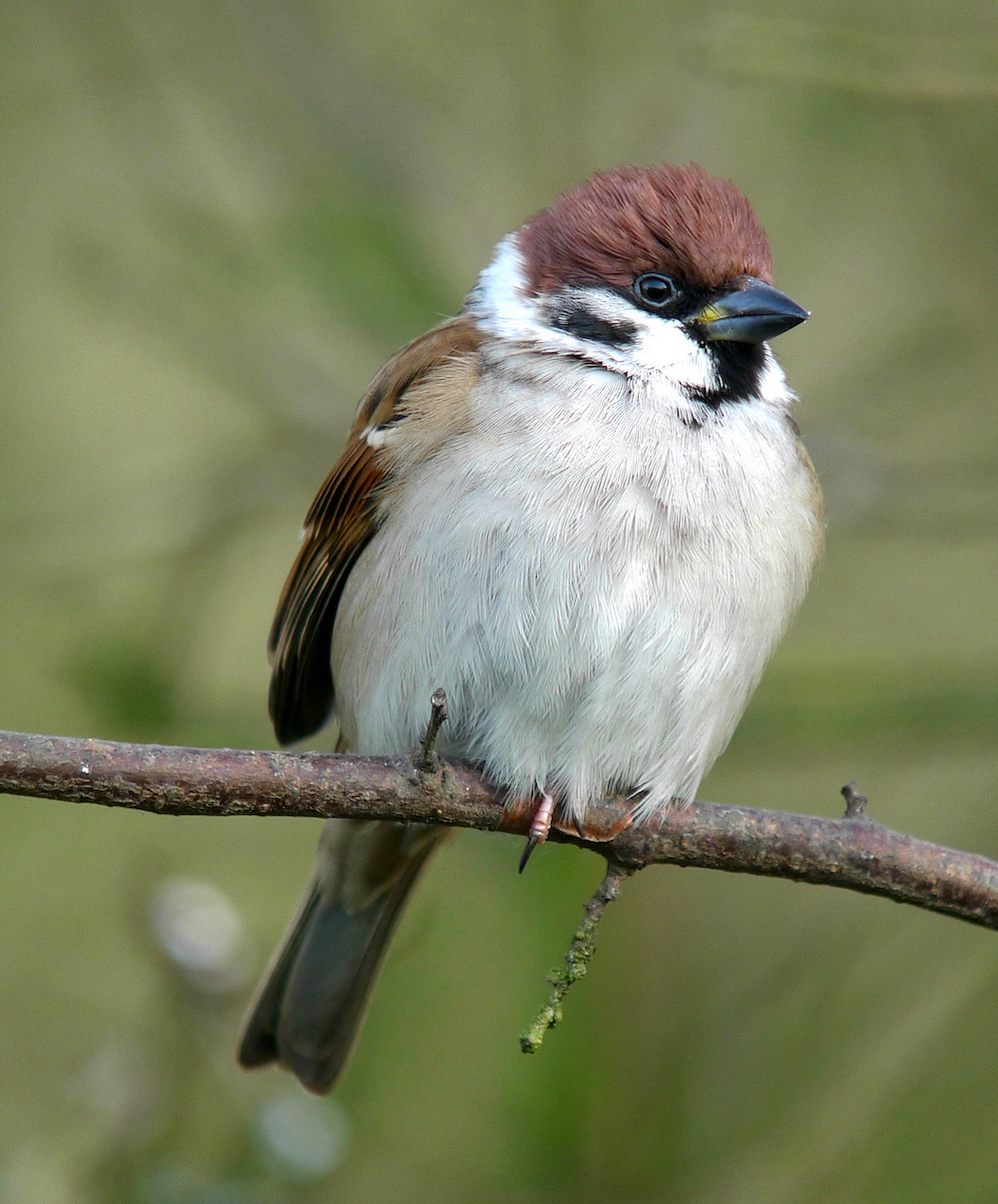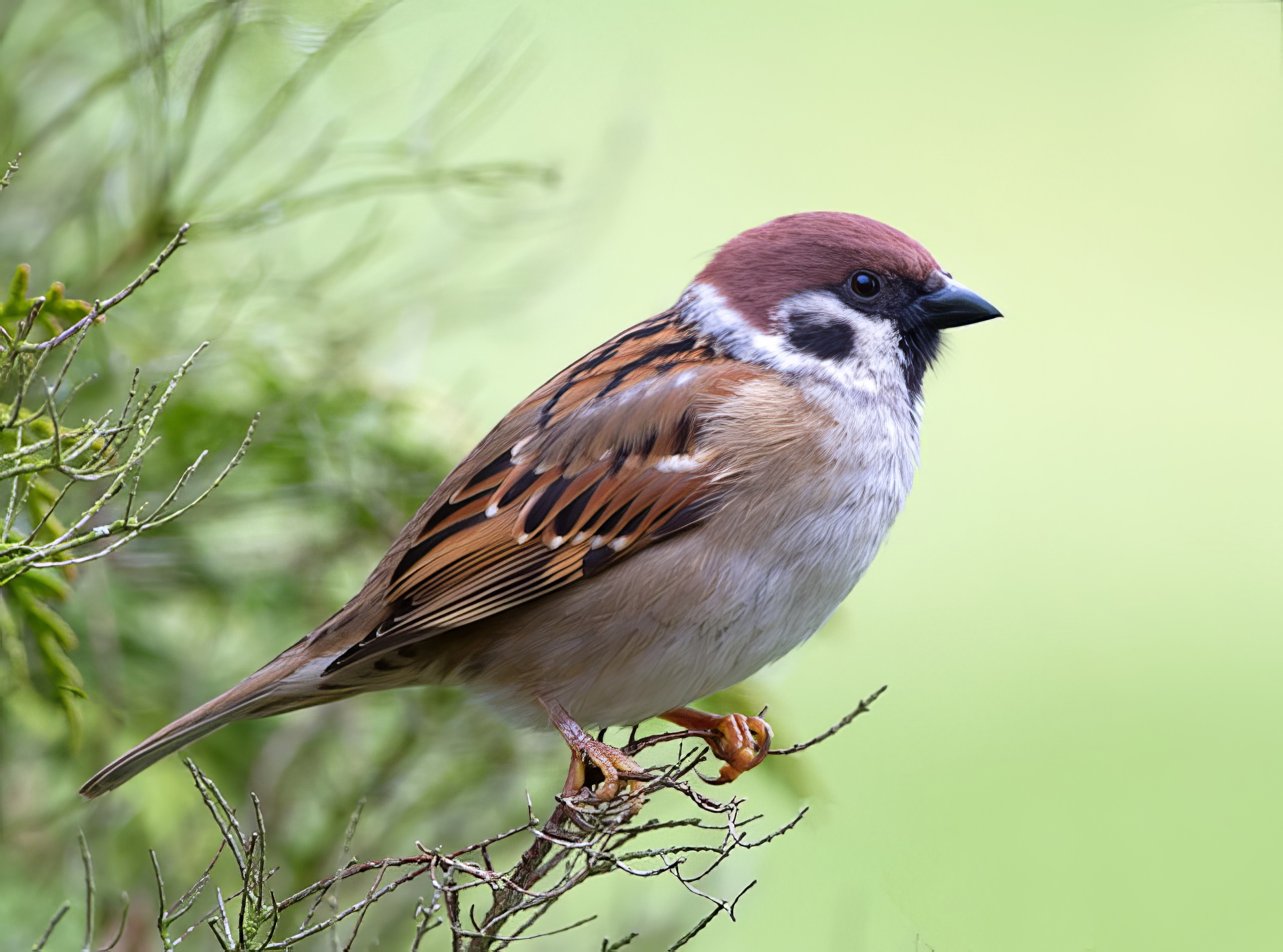Tree Sparrow Passer montanus
Common though localised resident, and partial migrant.


Like that of its close relative, the House Sparrow, Passer domesticus, the population crashed through the 1980s but in an even more dramatic fashion. There was a fall of around 90% through the Atlas period, and by the end of the population was estimated at 7,000 pairs by the end of the 1980s. Since then the BBS Index suggests the Lincolnshire population has more than doubled to 2019 from a very low base. The APEP4 adjustment suggests as many as 18,000 pairs in Lincolnshire in 2016 though the numbers have fallen since then. Tree Sparrows flock up in the autumn and winter and counts of 100 plus are not unusual. The availability of seeds in winter and suitable trees with nesting holes both limit population size. Happily, more farmers are providing suitable stubble and winter seed sources and nest box programmes are often very successful.
BTO ringing data shows that a small proportion of those ringed in Lincolnshire have been retrapped up to 287 km away, and a few ringed elsewhere have come from southern counties. There are no retraps or recoveries of foreign-ringed birds. Coastal migration can be significant with several 100s counted in a day at sites like Gibraltar Point, as well as further north at Spurn Point, but it is not known where these birds originate or where they end up! Typical data from 2009 showed large-scale coastal movements during October with peak counts at Donna Nook (88), Gib Point (265) and Saltfleetby-Theddlethorpe (200).
(Updated with reference to the new Birds of Lincolnshire (2021) December 2022)
